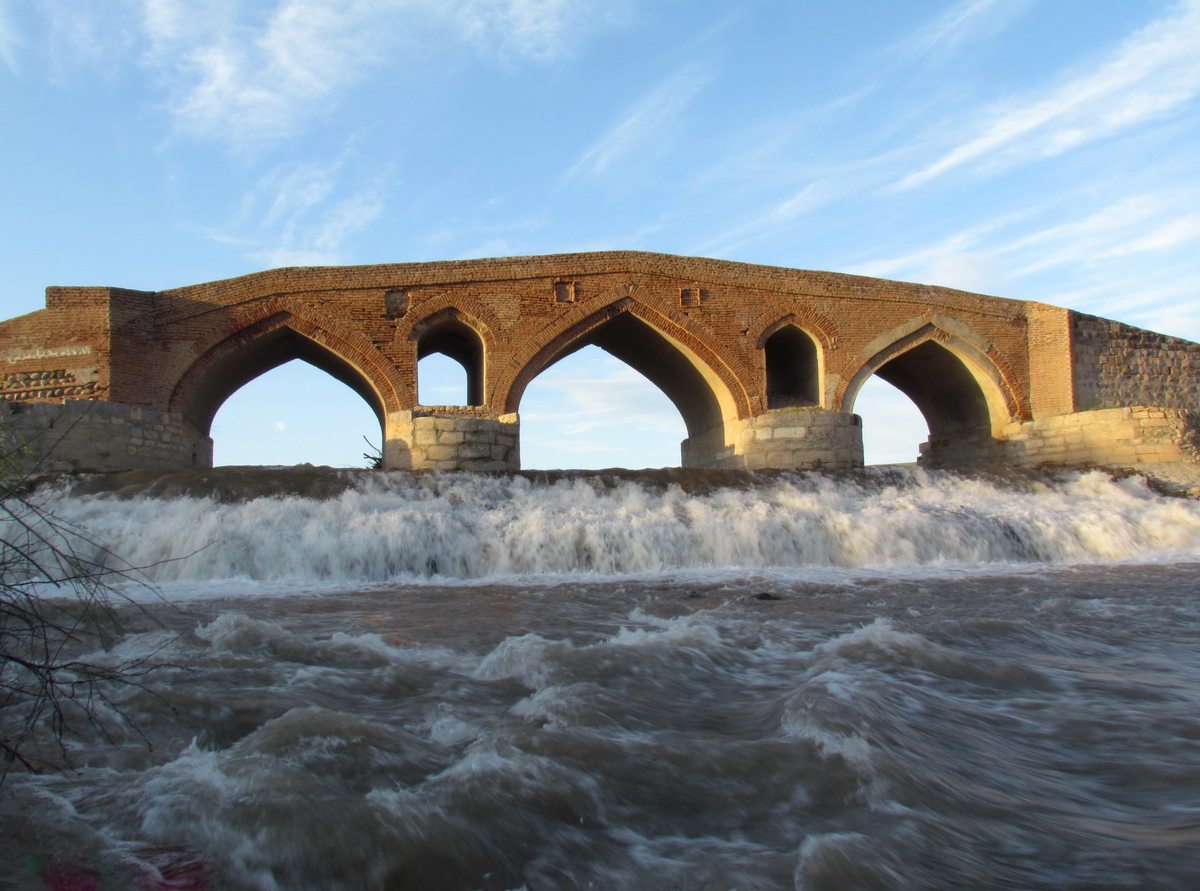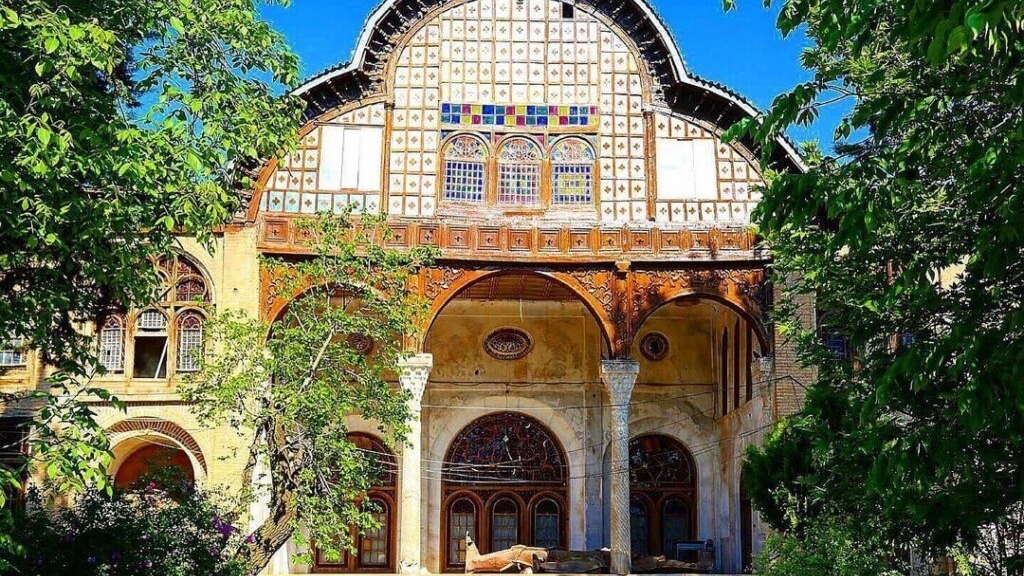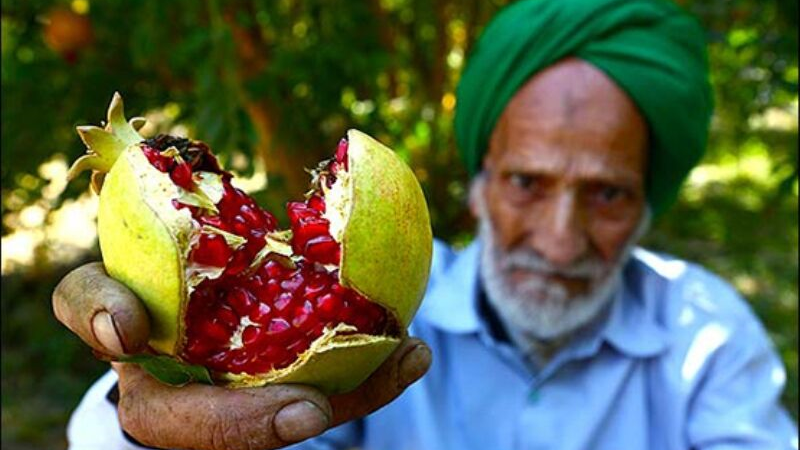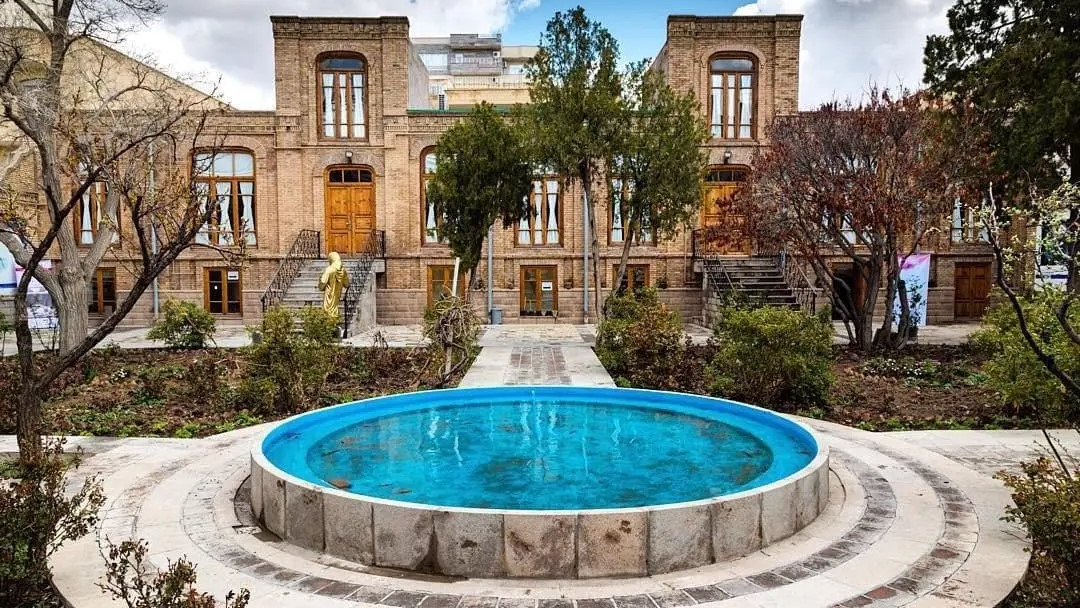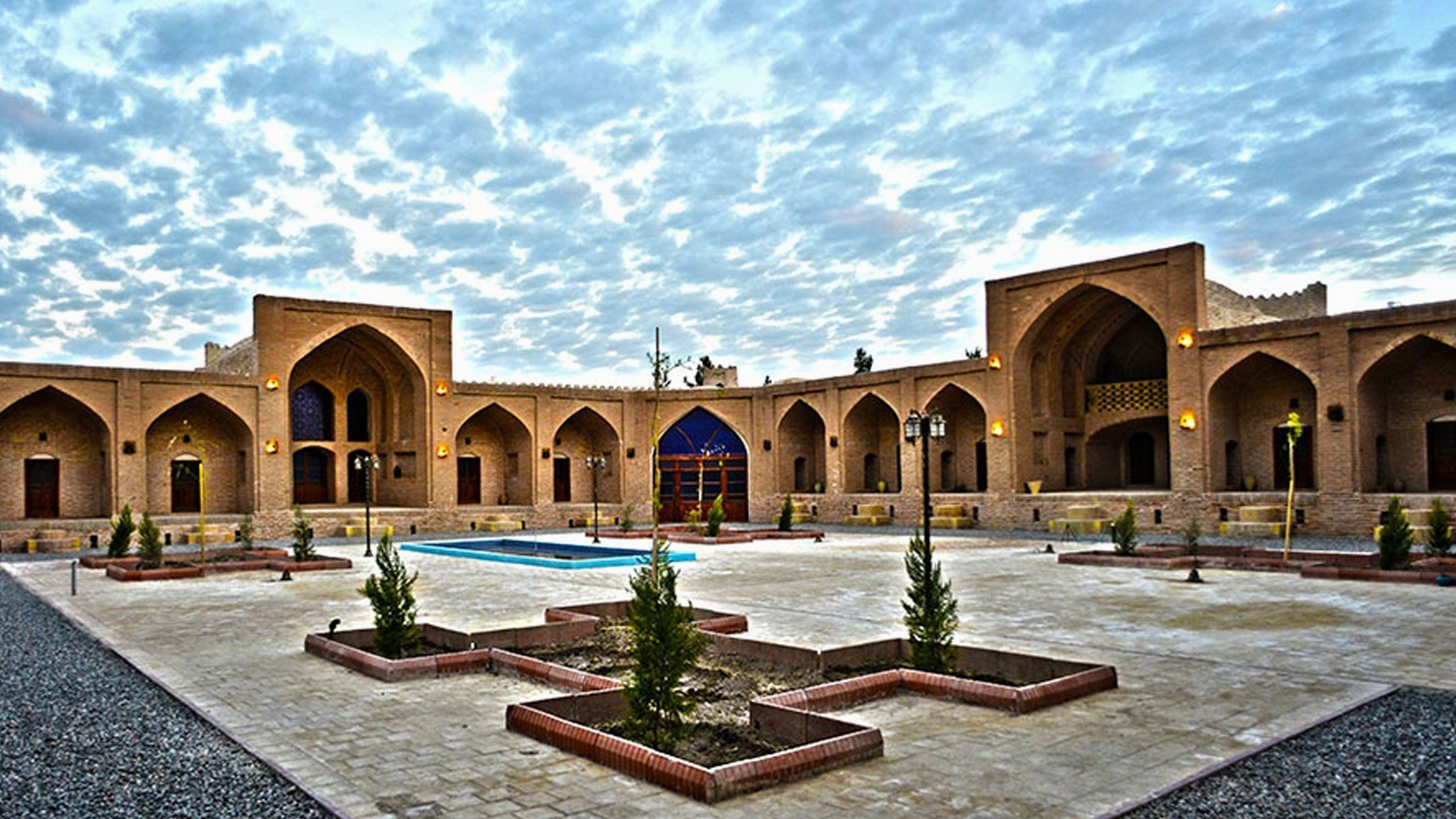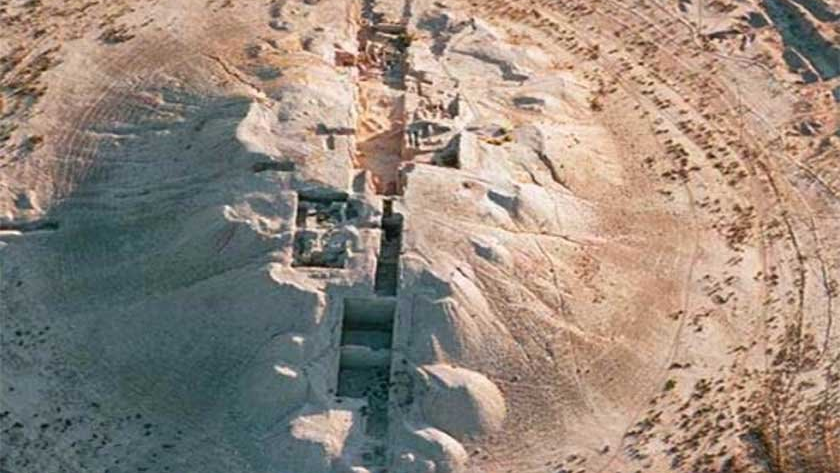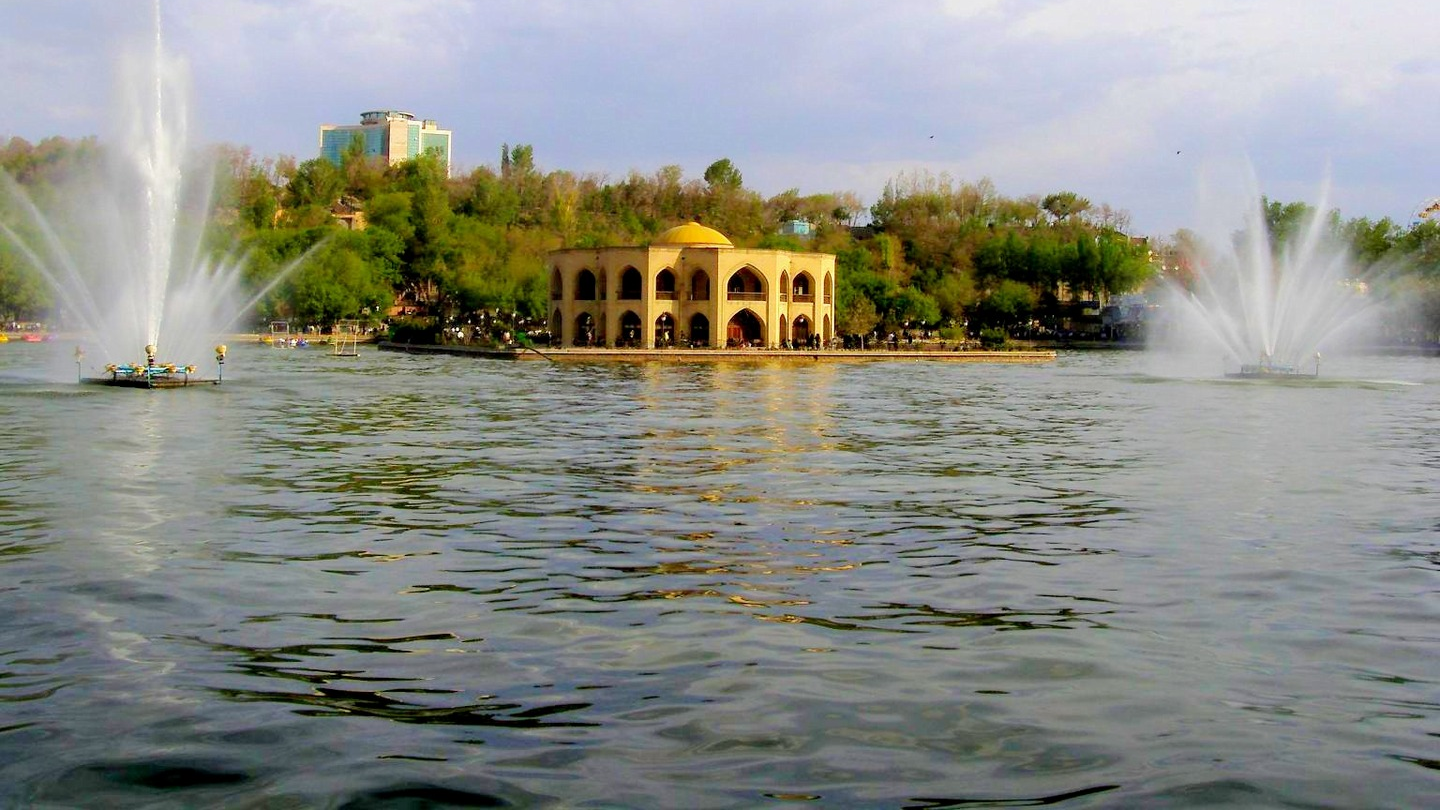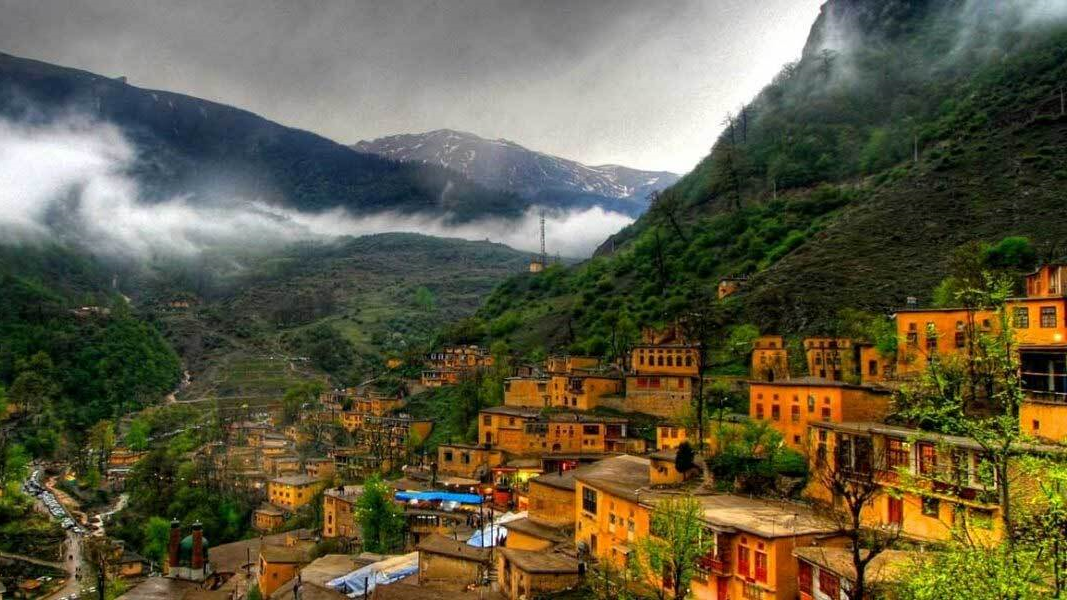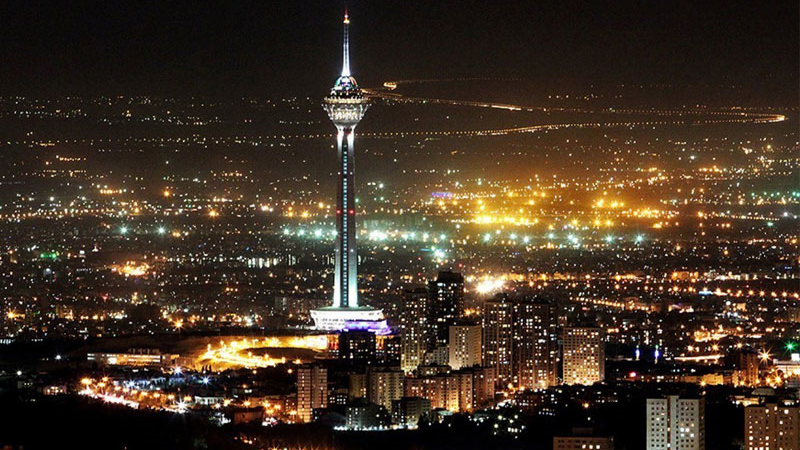
Sardroud — A Land of Beautiful Nature and a Historic Fortress Still Shrouded in Mystery
The East Azerbaijan Province is known for its pristine nature and breathtaking scenery, making it one of the most beautiful regions in Iran. Throughout the province, there are cities and villages that each serve as a paradise for tourists and an ideal destination for nature lovers. Among them, Sardrud, located just a short distance from the city of Tabriz, is considered one of the most scenic and historic towns in the region. The city is home to lush and fertile gardens that produce a variety of fruits such as greengage plums, grapes, apricots, walnuts, apples, peaches, and pears. In addition to its agricultural wealth, Sardrud is also renowned for its handwoven pictorial carpets (tableau rugs), making it one of the most important centers for their production in Iran.
However, what gives Sardrud its distinctive historical significance is the presence of several ancient fortresses such as Salasel, Sardur, Selsa’il, and Narin — among which Narin Castle (Narin Qal’eh) holds the greatest historical value. This ancient fortress is located in the heights of Sardrud, in an area known as Park Markhoni, atop a low hill. The hill on which Narin Castle stands is an extension of the Sahand Mountains, one of the most important mountain ranges in East Azerbaijan Province, from which many of the region’s major rivers originate. Thanks to its fertile soil and abundant water resources, this area has long been recognized as a suitable place for agriculture and livestock farming.
History of Narin Castle in Sardrud
The Narin Castle of Sardrud dates back to the first millennium BCE. Experts believe that Sardrud attracted attention during the Urartian period. The Urartians were a people from the mountainous regions of the southern Caucasus who established a kingdom in the 9th century BCE. During their territorial expansions, the Urartians extended their influence into the regions of Azerbaijan, leaving traces of their presence in several sites across the area.
In religious and historical texts, the Urartian Kingdom is also known as the Kingdom of Ararat. The Urartian dynasty was destroyed around 600 BCE. The remaining structures from the Urartian era reveal that their architecture was unique and elaborate, exerting a significant influence on the Medes and later the Achaemenids, who rose to power after them.
During its time, the Urartian kingdom expanded trade around the Caspian Sea and, for a period, achieved lasting political stability and power. Some scholars associate the name Sardrud with Sarduri (or Sardur II), one of the Urartian kings who is believed to have been killed around 743 BCE.
The artifacts discovered in and around the fortress site are so abundant that pottery fragments are often found during plowing in the surrounding farmlands. The pottery unearthed from the fortress and its vicinity belongs to various historical periods, indicating that the site remained inhabited and significant even after the fall of the Urartian kingdom. The discovery of glazed ceramics dating to the 13th and 14th centuries CE (7th–8th centuries AH) suggests that the fortress was used for over a thousand years. The latest remains of habitation, including towers and fortifications, date back to the Islamic period.
Features of Narincastle of Sardrud
Narincastle covers an area of approximately 500 by 700 meters. The walls of the fortress stand more than five meters high, with a thickness of about two meters. These structural features made breaching or passing through the walls nearly impossible, turning the castle into a safe refuge for its inhabitants during times of invasion or attack.
Inside the fortress, numerous pebbles and stones can be found, which were likely used in structures or facilities that no longer exist today. At the eastern end of the castle, there is a small mound containing several ancient graves. These graves are covered with red ochre, which appears to have been a symbolic gesture of respect toward the deceased. Due to its strategic and prominent location, Narincastle holds valuable archaeological evidence and information. However, the excavations conducted so far have been limited in scale, and thus no major discoveries have yet been made. For this reason, the fortress can still be regarded as a largely unexplored and mysterious historical site.
National Registration of Narincastle of Sardroud
Narincastle of Sardroud was registered on Iran’s National Heritage List in 2002 (1381 Solar Hijri).
| Name | Sardroud — A Land of Beautiful Nature and a Historic Fortress Still Shrouded in Mystery |
| Country | Iran |
| State | East Azerbaijan |
| City | Sardrud |
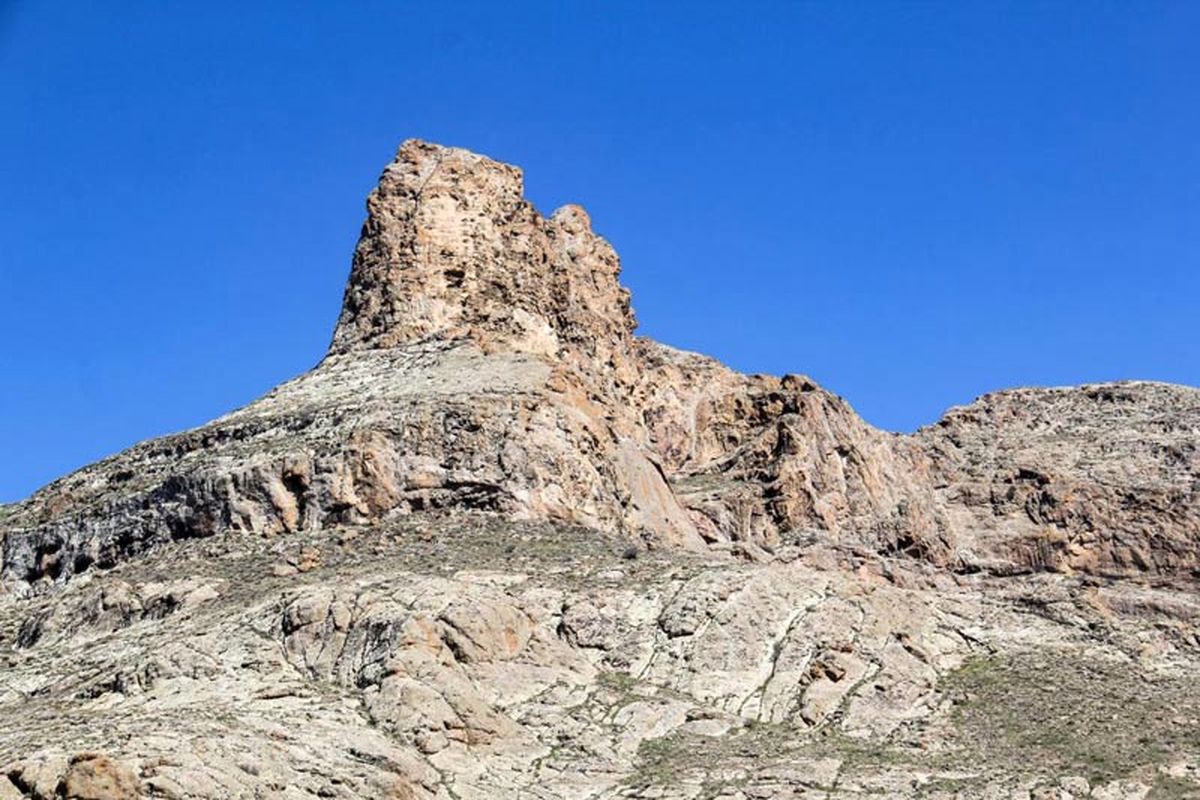

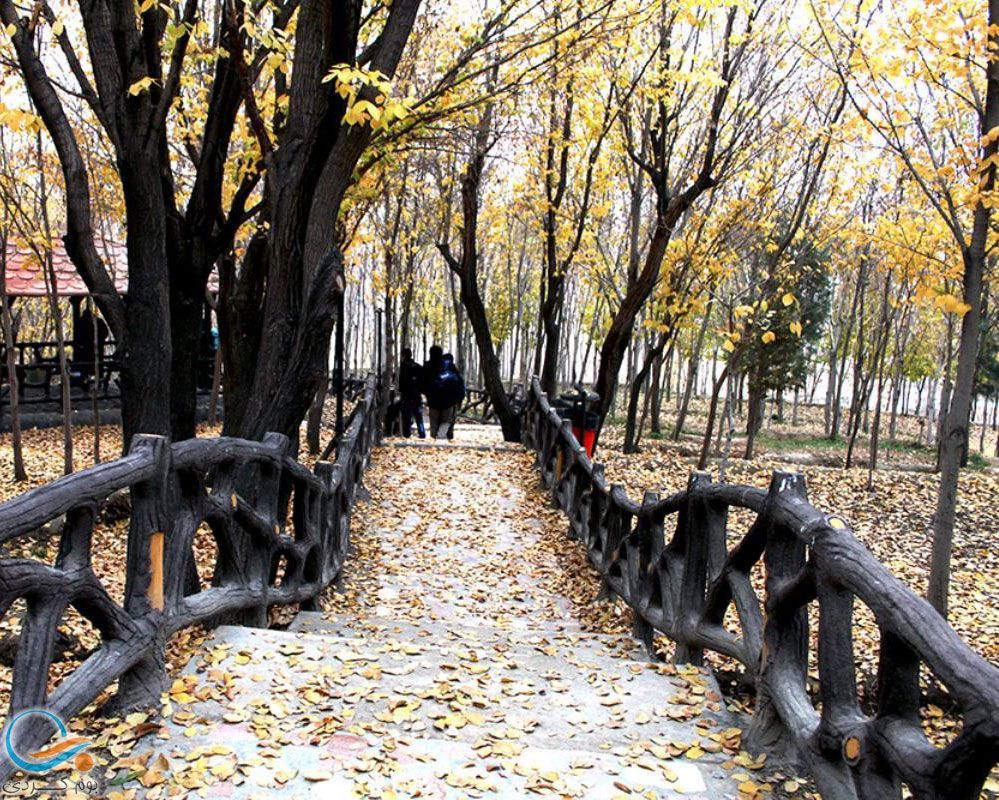

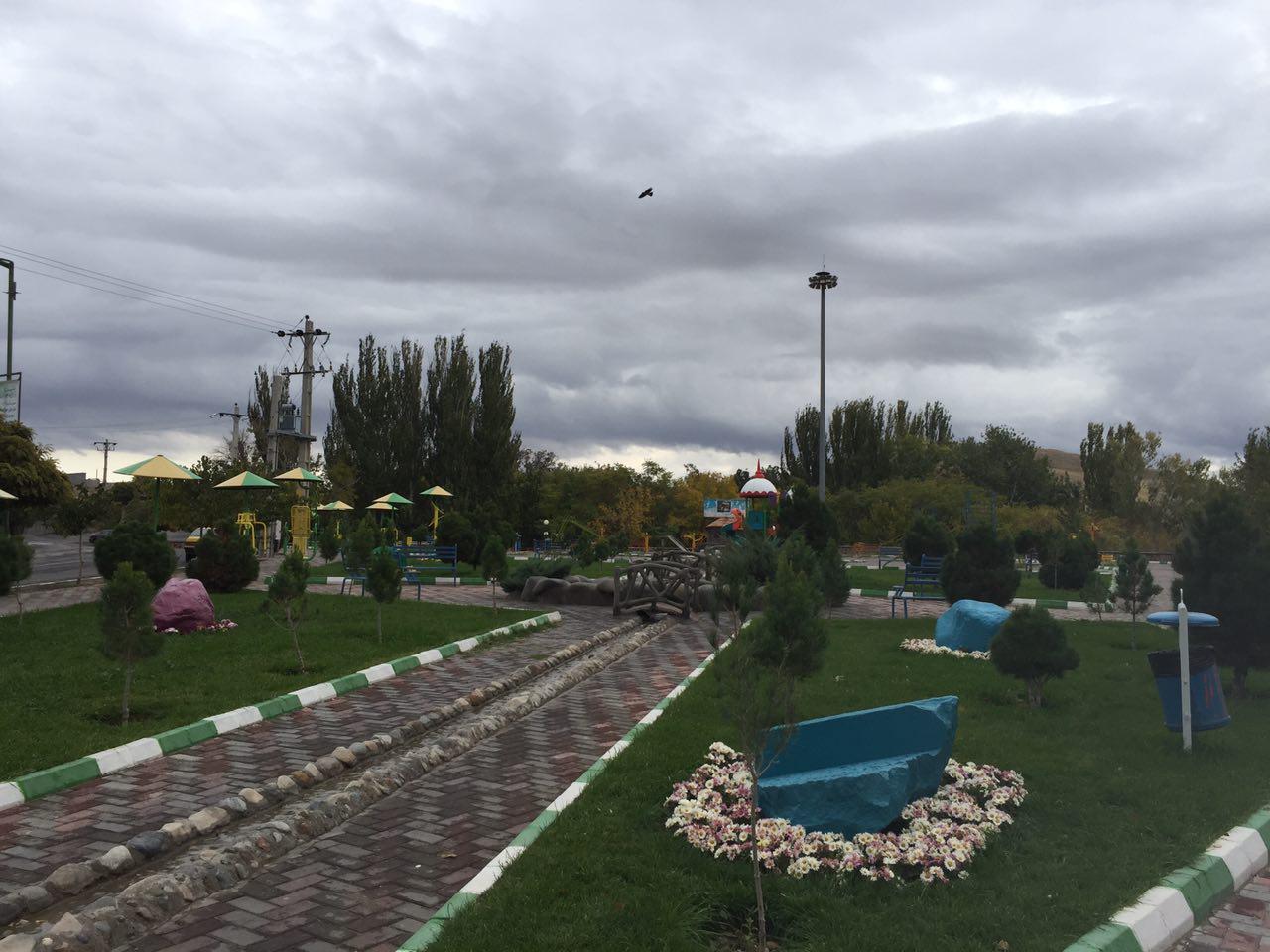
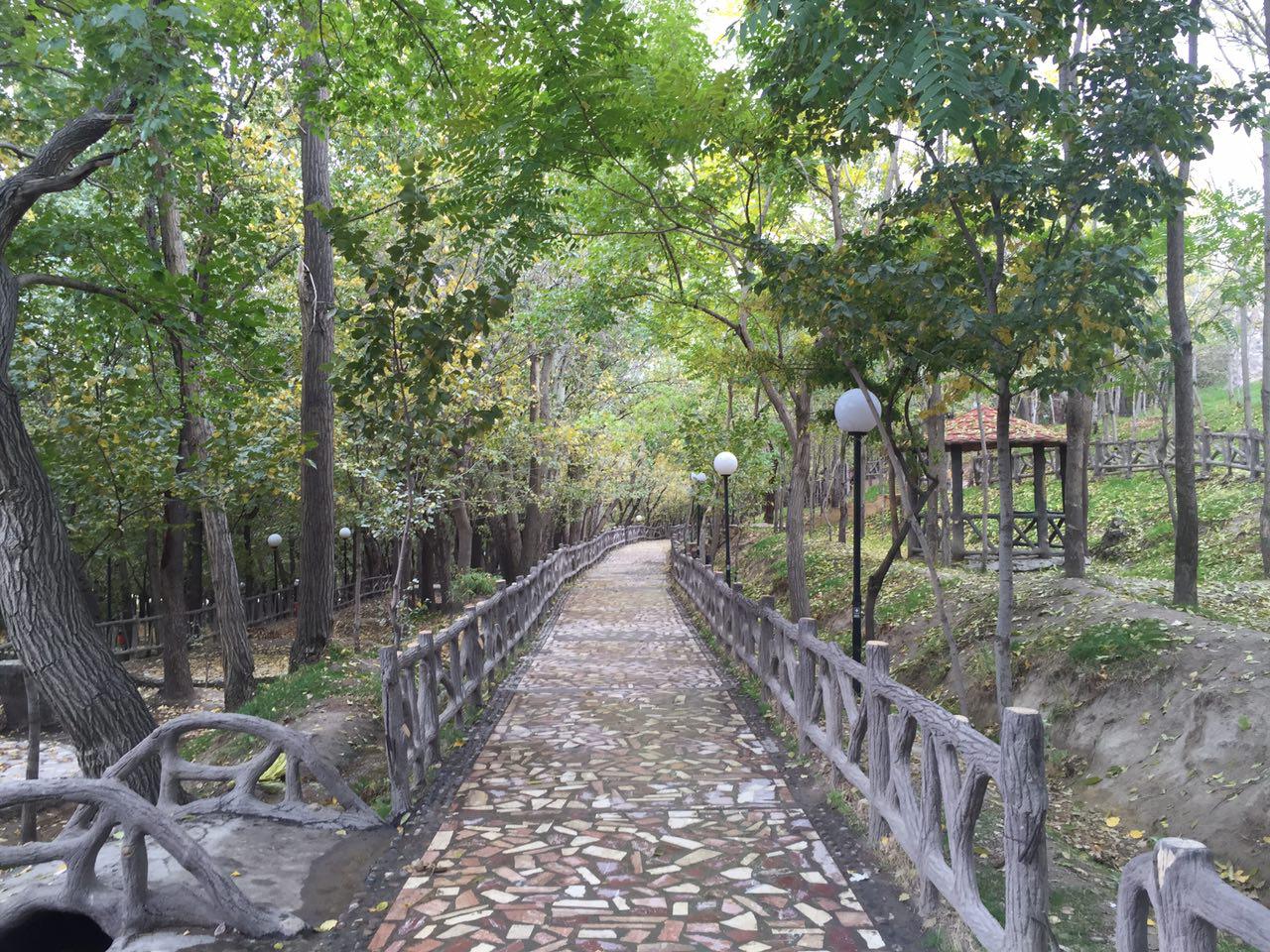
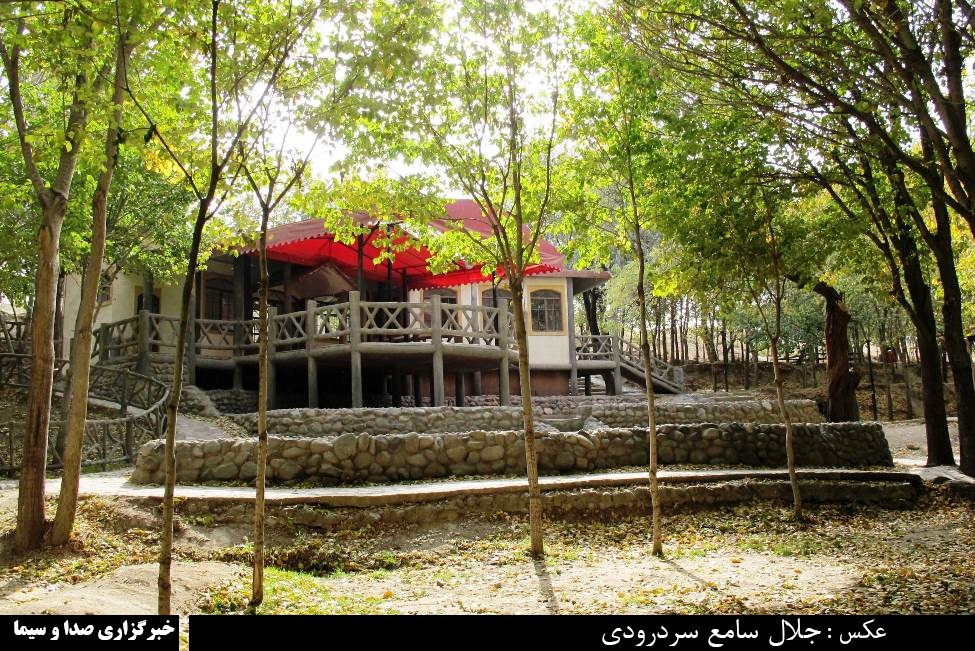
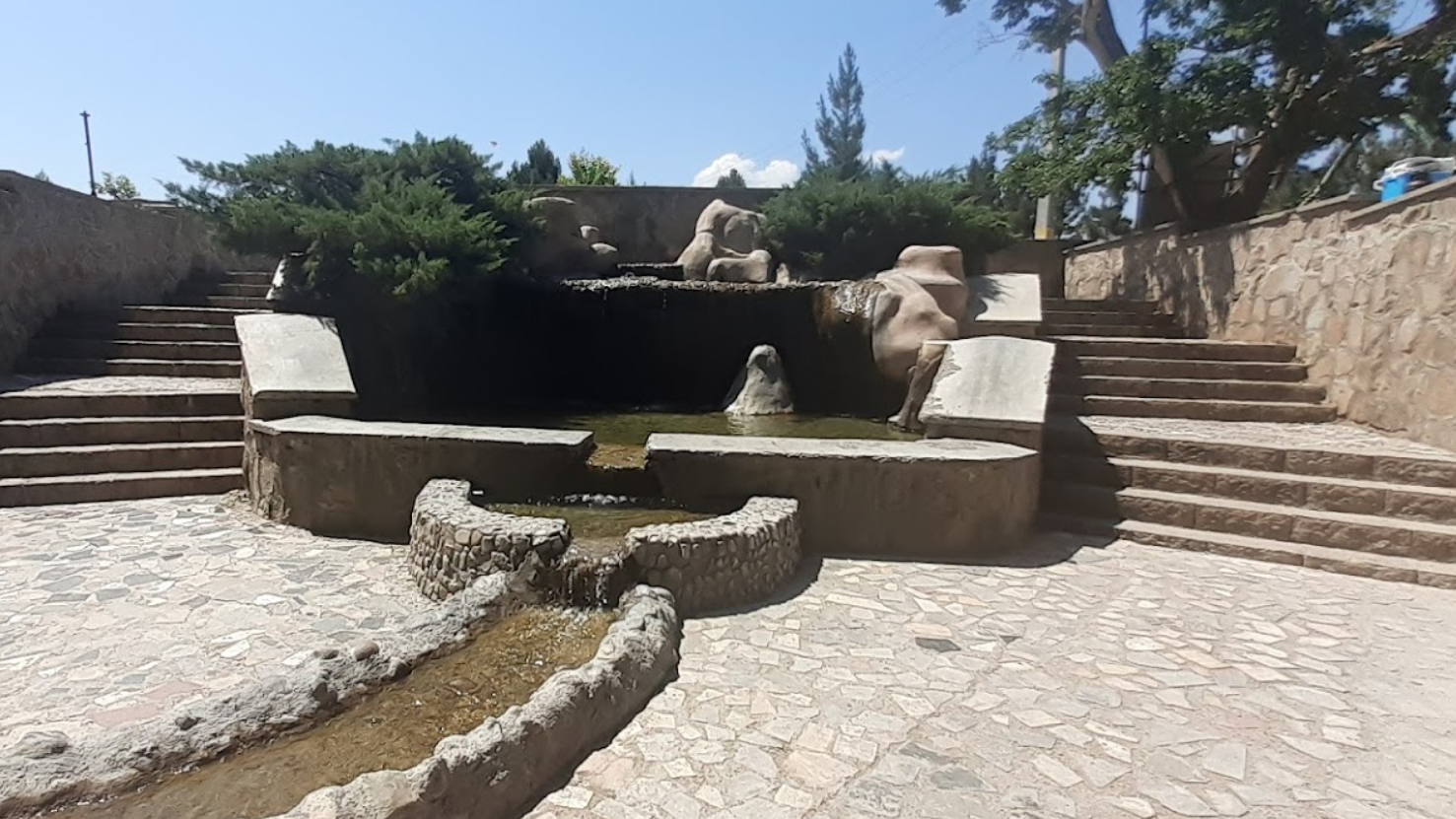
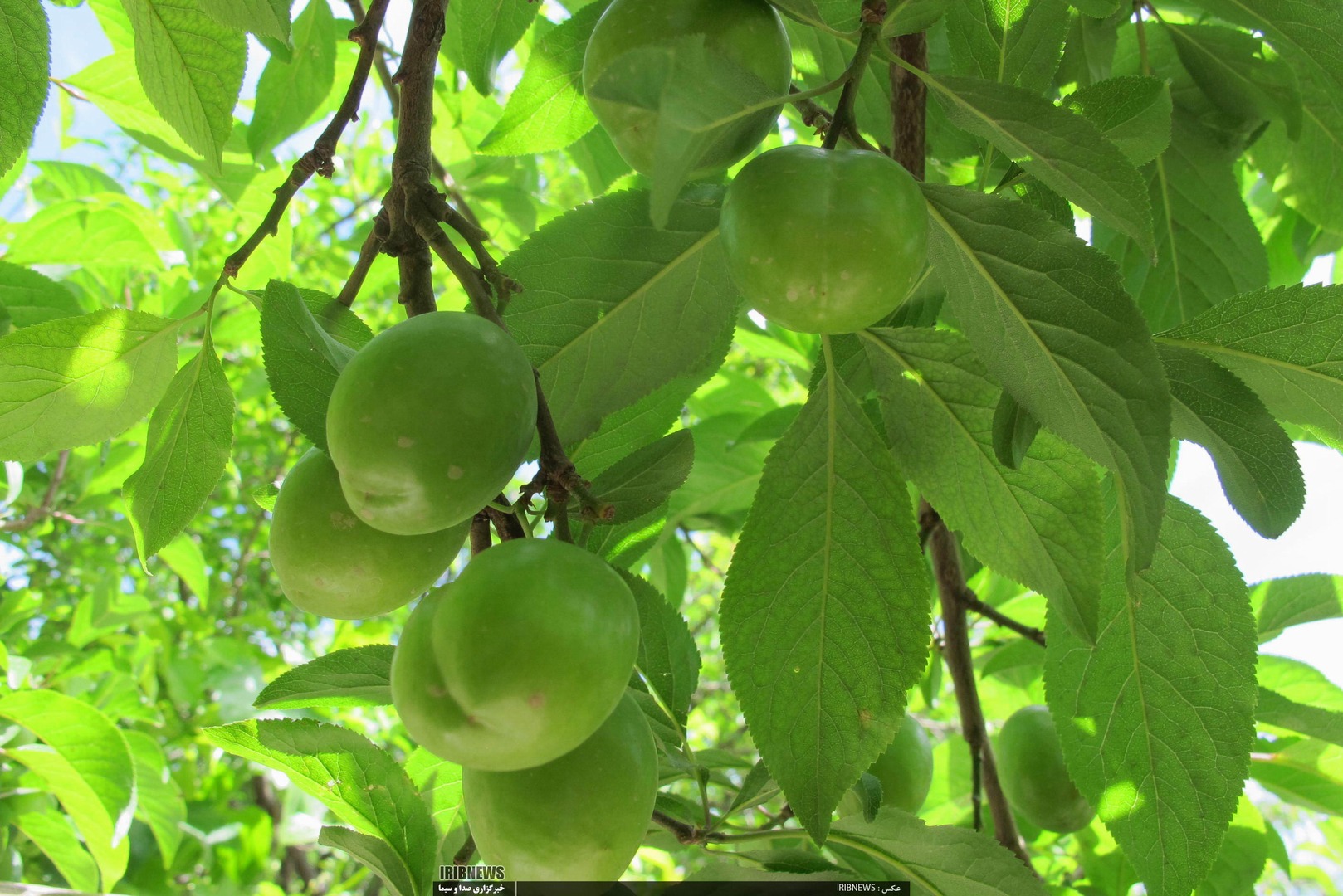
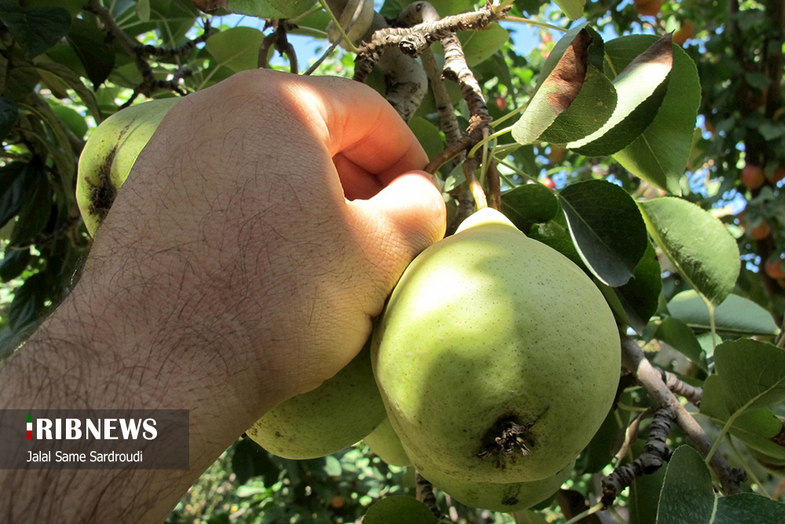










Choose blindless
Red blindless Green blindless Blue blindless Red hard to see Green hard to see Blue hard to see Monochrome Special MonochromeFont size change:
Change word spacing:
Change line height:
Change mouse type:
